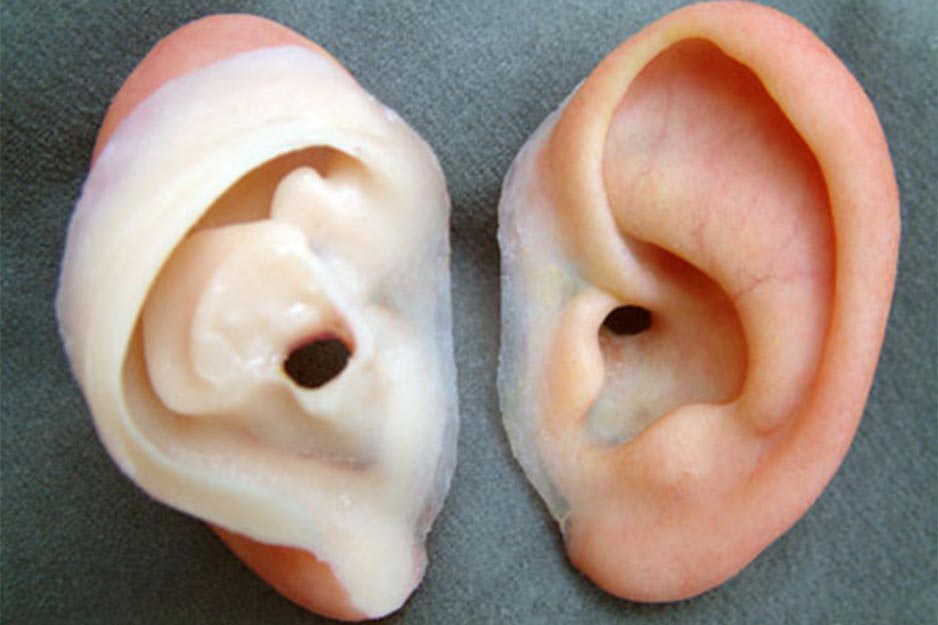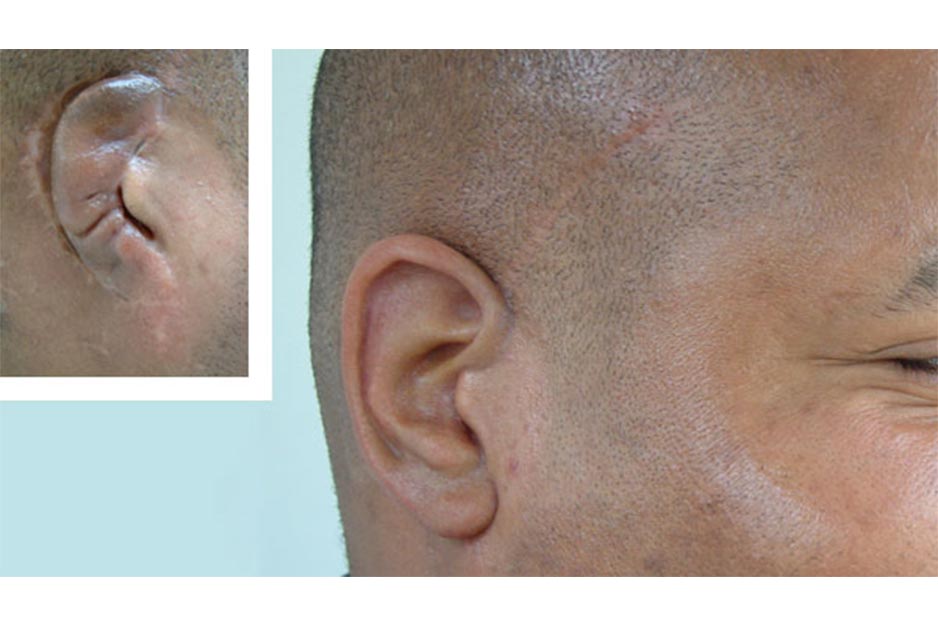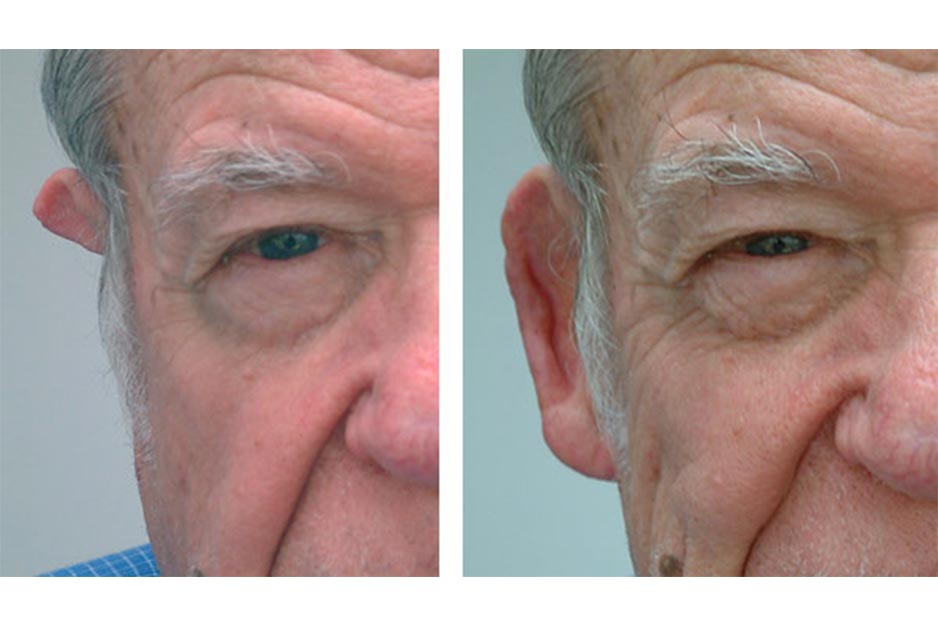Creación de Prótesis Empleando la Tecnología MDX
The Medical Arts Prosthetics Clinic | Dallas, Texas
¿Cómo recrear las orejas de los pacientes? “Una a la vez”, dice Allison Vest, master en ciencias y anaplastóloga en The Medical Art Prosthetics Clinic de Dallas, Texas. La clínica se especializa en prótesis para dedos de las manos, dedos de los pies y partes del rostro. Los pacientes afectados por cáncer, dolencias congénitas o traumas llegan a la clínica provenientes de todas partes del mundo para recibir restauraciones estéticas altamente personalizadas.
“Empecé en este campo porque quería crear importantes obras de arte que ayuden a la gente a mejorar su calidad de vida”, dice Vest. “La máquina escaneadora/fresadora MDX me ayuda a proporcionar restauración estética precisa de manera que nuestros pacientes estén cómodos en cualquier situación”.
“Empecé en este campo porque quería crear importantes obras de arte que ayuden a las personas a mejorar la calidad de sus vidas”, dice Vest. “La máquina escaneadora/fresadora MDX me ayuda a proporcionar restauración estética precisa de manera que nuestros pacientes estén cómodos en cualquier situación”.
The Medical Art Prosthetics Clinic es un consultorio, clínica y laboratorio de servicio completo. Vest empezó a trabajar con el fundador Greg Gion en Medical Art Prosthetics en el año 2004, y trajo un balance de talento artístico y preparación médica así como un dominio de tecnologías digitales que benefician el campo de la restauración facial y corporal.
The Medical Arts Prosthetics Clinic invirtió en una fresadora portátil Roland DG para ayudarles con sus restauraciones de orejas. Eligieron a la MDX-15 debido a sus dimensiones compactas, tecnología de fácil uso, y habilidades integrales. “La máquina se ha pagado por sí sola ya varias veces”, dice Vest. “Puedo programarla para que escanee durante la noche, y al día siguiente la dejo fresar mientras me encargo de otras tareas”.
Para crear una prótesis de oreja, Vest toma un molde de la oreja no afectada del paciente y la escanea usando el sensor piezoeléctrico activo de la MDX, creando un archivo digital. El archivo luego es reflejado a través del software de la máquina. Luego, Vest instala el husillo de fresado de la MDX y configura la máquina para fresar un molde de cera de la prótesis de oreja. “La exactitud del fresado es increíble. Uso la configuración de 0,2 mm que entrega detalles precisos de textura de piel”, dice Vest.
Vest luego usa el molde de cera fresado para crear una prótesis de oreja. “Antes tenía que calentar una olla de cera y tallar la oreja a mano”, dice Vest. “La MDX crea una imagen reflejada de la oreja existente del paciente con extrema precisión, permitiéndome enfocarme en colocar y acabar la prótesis”.



